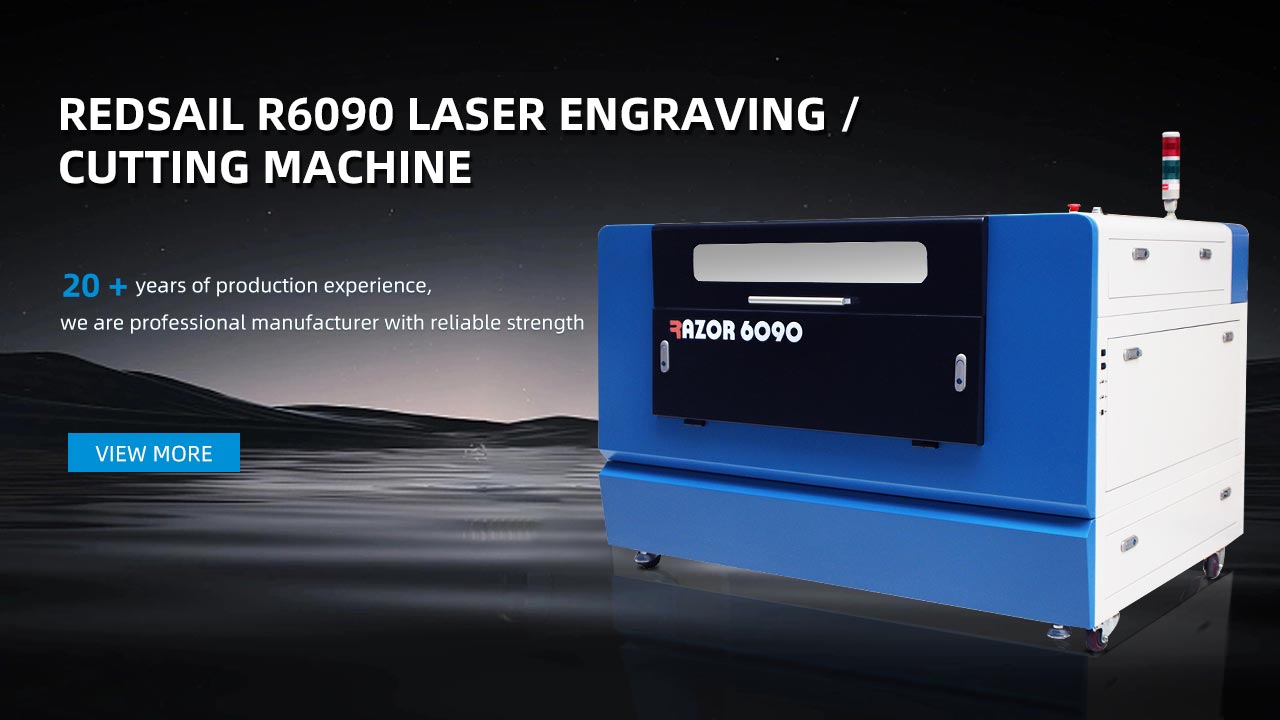What Factors Determine the Price of CO2 Laser Engravers?
In the world of laser engraving, CO2 laser engravers are a popular choice due to their versatility and precision. When considering purchasing a CO2 laser engraver, one of the key factors to take into account is the price. Understanding the factors that determine the price of CO2 laser engravers can help you make an informed decision and find the right machine for your needs. Let’s explore these important factors below:
1. Laser Power
Laser power is a crucial determinant of a CO2 laser engraver’s price. The higher the laser power, the more expensive the machine tends to be. Laser power is measured in watts (W) and typically ranges from 40W to 150W in CO2 engravers. Higher-powered lasers allow for faster and deeper engraving. If you primarily plan to work on thicker or denser materials, such as acrylic or wood, opting for a higher laser power would be beneficial. However, if your engraving needs are relatively light, a lower-powered machine may suffice and come at a lower cost.
2. Engraving Area
Engraving area refers to the size of the work area on the CO2 laser engraver, measured in inches or millimeters. Machines with larger engraving areas typically have higher price tags. It’s essential to consider the maximum dimensions of the materials you plan to work with to ensure they fit within the engraving area. If space is a constraint or if you primarily work on small or medium-sized items, a CO2 laser engraver with a smaller engraving area may be more cost-effective for your needs.
3. Additional Features and Enhancements
CO2 laser engravers often offer various additional features and enhancements that can impact their price. These can include:
- Motorized Z-axis: Allows for precise and automatic adjustment of the laser head’s height, enabling efficient and accurate engraving on curved or uneven surfaces.
- Rotary attachment: Enables engraving cylindrical objects like drinking glasses or bottles by rotating them during the engraving process.
- Auto-focus: Automatically adjusts the focal length of the laser beam to maintain consistent engraving quality on materials with varying thicknesses.
- High-resolution capabilities: These machines can achieve finer details and more intricate designs due to their increased resolution, but they often come at a higher cost.
Considering your specific engraving needs and budget, you can decide which additional features are essential and worth the extra investment.
Frequently Asked Questions (FAQs)
Q: Are higher-powered lasers always better for laser engraving?
A: Higher-powered lasers are advantageous for certain applications, such as deep engraving or working with dense materials. However, if your needs are primarily focused on lighter engraving or on materials like paper or thin fabrics, lower-powered machines can still produce excellent results while being more cost-effective.
Q: Is a larger engraving area always necessary?
A: The size of the engraving area required depends on the items you plan to work with. If you primarily engrave small or medium-sized objects, a smaller engraving area will likely suffice. However, if you have larger projects or need to engrave bulk items simultaneously, a larger engraving area would be more suitable, albeit at a higher cost.
Q: Which additional features should I prioritize?
A: The additional features to prioritize depend on your specific engraving needs and future expansion plans. If you foresee working with curved surfaces, a motorized Z-axis can save time and effort. If cylindrical objects are part of your typical engraving projects, a rotary attachment becomes essential. Auto-focus can enhance efficiency and consistency, while high-resolution capabilities are crucial for intricate designs and fine details.





